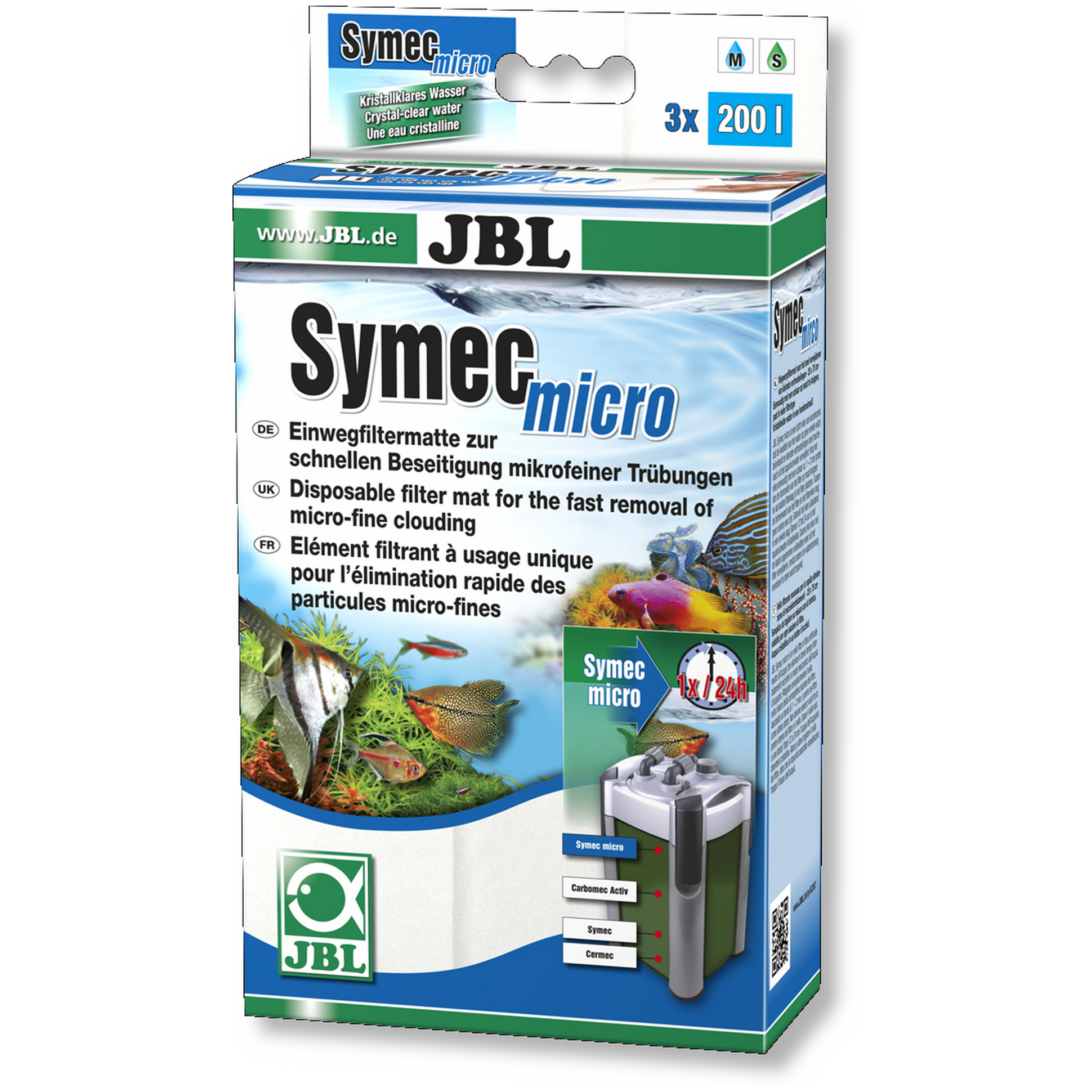I recently started my first ever low tech dirted tank (organic soil capped with 0,7-1,5 mm sand). I bought a bunch of plants and filled it up about 2.5 weeks ago, and cleaned a filter from an established tank give it a head start on the cycling process. Since the start the water has been very cloudy (white), which I understand to be a bacterial reaction and something that will pass on it's own.
Some plants are doing fine (sessiflora, crypts, s. repens, savlinia), but the Monte Carlo and now some of the Hygrophilia Corymbosa Siamensis 53b have started melting (turning transcluscent and falling off). The epiphyte monte carlo have been doing a little better, but I see signs of melting there too now. There are also some signs of thread like algae on primarily the Monte Carlo, but also a little elsewhere. Below is a pic of the tank, and of the melting Monte Carlo (woth some of the algae visible in the background). The photo makes it look redder/browner than it is.The big root have moved a little, and I think that may have caused some of the soil to leech into the water.


My question: should I start dosing the fertilizer I bought (Tropica Specialized Nutrition) 2ml a day, or would that risk increasing the algae problems? I don't want more algae, but of course I also want the plants to die. Would it risk affecting the cloudyness, or is that a separate process?
Specs:
Tank: Juwel Rio 125 (125 l)
Lighting: stock, 8 hours a day. Basically no natural light (in basement)
Co2: None
Ferts: None so far
Water changes: daily during the second week to try and fight the cloudyness, but to no result. Got the advice to let the bacterial bloom sort itself out, so have left it alone for a couple of days now.
Thanks in advance!
Some plants are doing fine (sessiflora, crypts, s. repens, savlinia), but the Monte Carlo and now some of the Hygrophilia Corymbosa Siamensis 53b have started melting (turning transcluscent and falling off). The epiphyte monte carlo have been doing a little better, but I see signs of melting there too now. There are also some signs of thread like algae on primarily the Monte Carlo, but also a little elsewhere. Below is a pic of the tank, and of the melting Monte Carlo (woth some of the algae visible in the background). The photo makes it look redder/browner than it is.The big root have moved a little, and I think that may have caused some of the soil to leech into the water.
My question: should I start dosing the fertilizer I bought (Tropica Specialized Nutrition) 2ml a day, or would that risk increasing the algae problems? I don't want more algae, but of course I also want the plants to die. Would it risk affecting the cloudyness, or is that a separate process?
Specs:
Tank: Juwel Rio 125 (125 l)
Lighting: stock, 8 hours a day. Basically no natural light (in basement)
Co2: None
Ferts: None so far
Water changes: daily during the second week to try and fight the cloudyness, but to no result. Got the advice to let the bacterial bloom sort itself out, so have left it alone for a couple of days now.
Thanks in advance!



